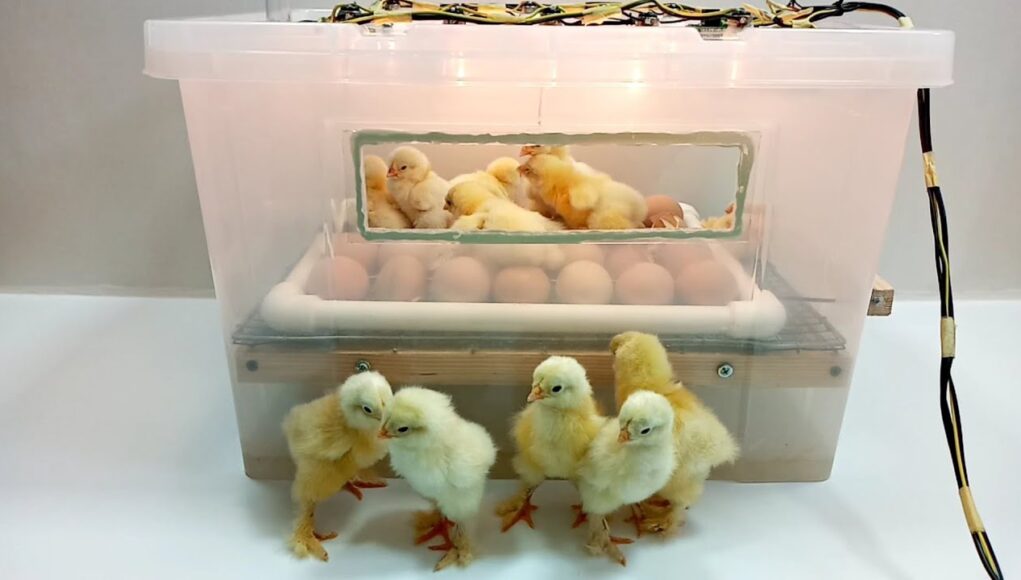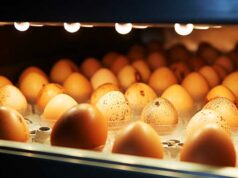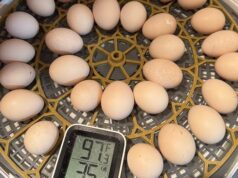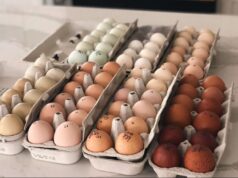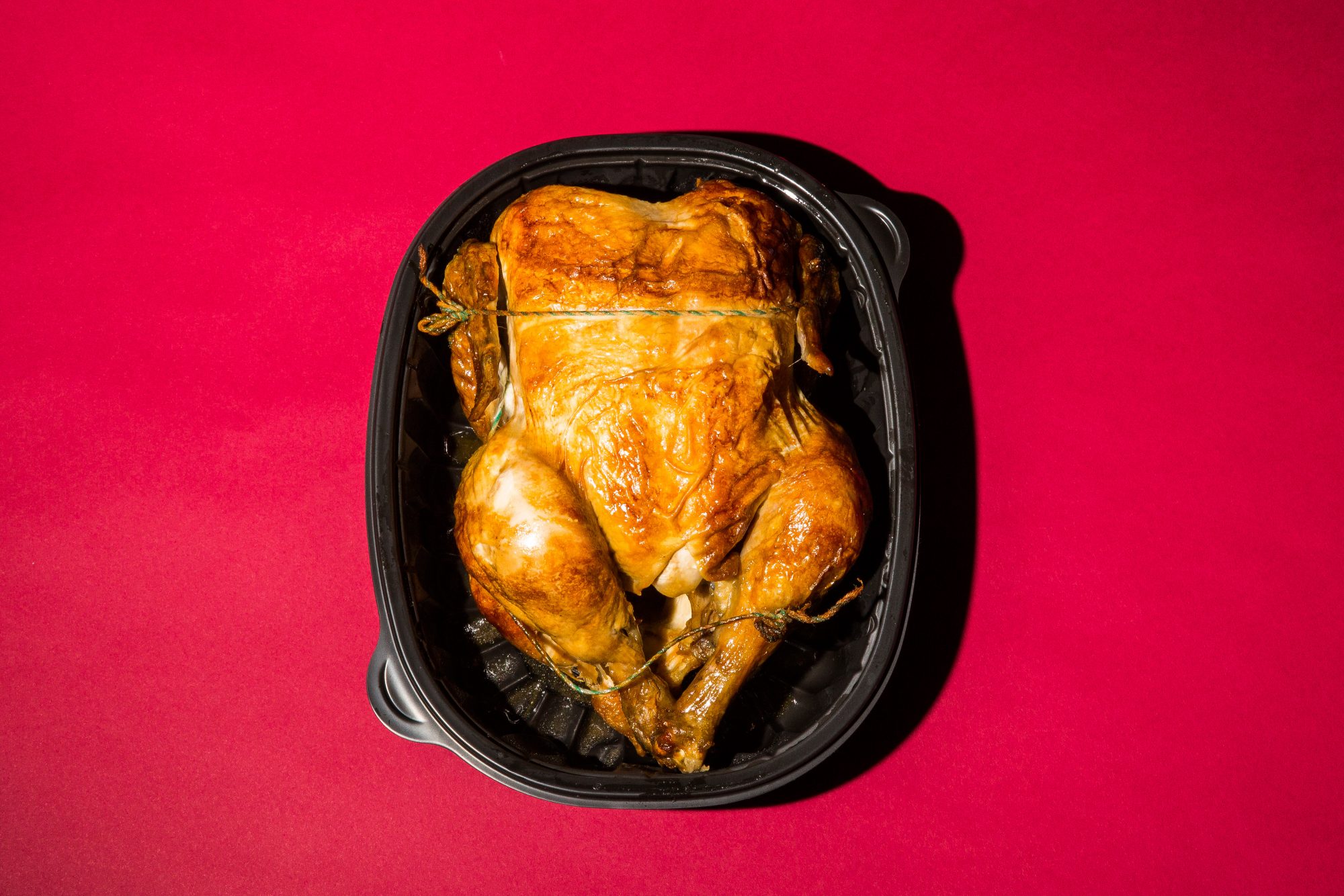Ensuring the accuracy of your incubator is crucial for successful egg hatching. Whether you’re a seasoned poultry enthusiast or a beginner, understanding how to check incubator accuracy can greatly improve your hatching results. In this article, we will delve into various methods to verify and enhance the precision of your incubator, ensuring that you provide the best possible environment for your eggs.
Accurate temperature and humidity levels are essential for the development of embryos. If these levels are off, it can lead to poor hatching rates or even the loss of embryos. Therefore, knowing how to check incubator accuracy is vital for anyone involved in egg incubation.
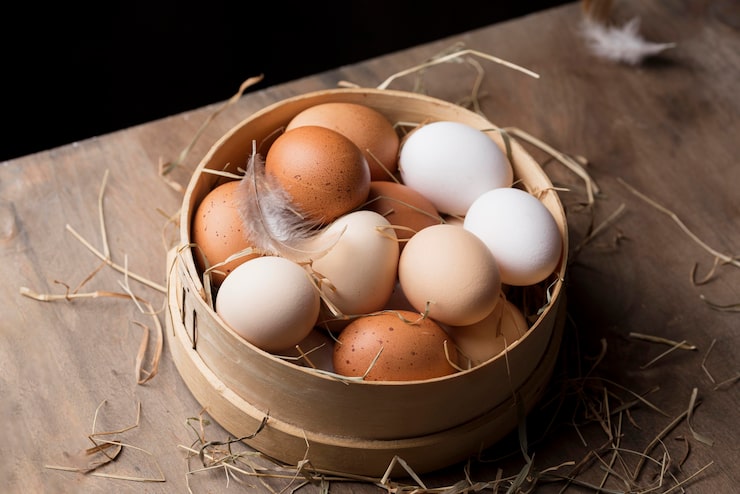
Why Incubator Accuracy Matters
Incubators are designed to mimic the natural conditions under which eggs develop. The slightest deviation in temperature or humidity can have a significant impact on the hatching process. An inaccurate incubator can lead to:
- Poor hatching rates
- Deformed or weak chicks
- Increased embryo mortality
Understanding the importance of accuracy can help you take the necessary steps to ensure your incubator is functioning correctly.
Tools Needed to Check Accuracy
To accurately assess your incubator, you will need the following tools:
- Digital Thermometer Provides precise temperature readings
- Hygrometer Measures humidity levels inside the incubator
- Calibration Kit Helps to adjust and set instruments correctly
Digital Thermometer and Its Importance
A digital thermometer is essential for monitoring the temperature inside the incubator. It allows for precise readings, which are critical for maintaining the optimal environment for your eggs.
Hygrometer for Humidity Measurement
A hygrometer helps you measure the humidity levels inside your incubator. Maintaining proper humidity is crucial for preventing the eggs from drying out or developing too much moisture.
Steps to Check Incubator Accuracy
Step 1: Set Up Your Tools
Begin by setting up your digital thermometer and hygrometer inside the incubator. Ensure they are placed at egg level to get the most accurate readings.
Step 2: Record Initial Readings
Turn on your incubator and allow it to reach its set temperature and humidity levels. Once stabilized, record the initial readings from your thermometer and hygrometer.
Step 3: Calibrate Your Instruments
Use a calibration kit to adjust your thermometer and hygrometer if necessary. Follow the manufacturer’s instructions carefully to ensure your tools provide accurate readings.
Step 4: Adjust Incubator Settings
If there is any discrepancy between the readings from your tools and the incubator’s settings, adjust the incubator accordingly. This may involve tweaking the temperature or humidity settings.
Common Issues and Solutions
Temperature Fluctuations
Temperature fluctuations are a common issue that can affect hatching success. To address this, ensure your incubator is placed in a stable environment, away from drafts or direct sunlight.
Inaccurate Humidity Levels
If your hygrometer readings indicate incorrect humidity levels, adjust the water reservoirs inside the incubator or use wet sponges to increase moisture.
Maintaining Incubator Accuracy Over Time
Regular maintenance is key to keeping your incubator accurate. This includes:
- Cleaning the incubator frequently
- Checking and replacing worn-out parts
- Regular calibration of instruments
Benefits of Accurate Incubators
An accurate incubator leads to higher hatching rates and healthier chicks. It gives you peace of mind, knowing that you are providing the optimal environment for your eggs.
Conclusion
Understanding how to check incubator accuracy is essential for anyone involved in egg incubation. By following the steps outlined in this article, you can ensure your incubator provides the best possible environment for your eggs, leading to successful hatching outcomes.

FAQ Section
How often should I check my incubator’s accuracy?
It’s recommended to check your incubator’s accuracy before each incubation cycle to ensure optimal conditions.
Can I use any digital thermometer for my incubator?
It’s best to use a digital thermometer specifically designed for incubators as they are more precise and reliable.
What should I do if my incubator’s accuracy is off?
Calibrate your instruments and adjust the incubator settings accordingly. Regular maintenance can also help prevent accuracy issues.
For more detailed guidance on egg incubation, you can visit this external resource for additional insights.
This article contains affiliate links. We may earn a commission at no extra cost to you.
